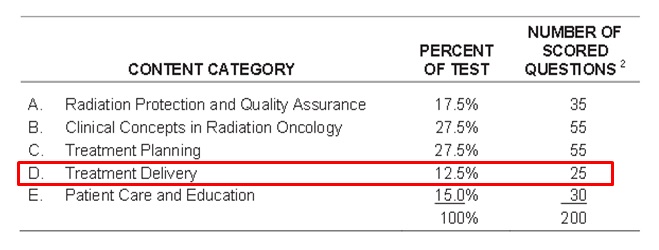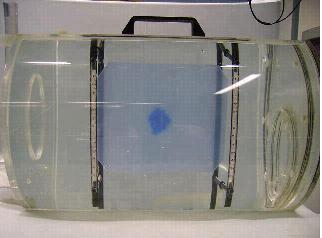Dose Verification
Home > Radiation Protection and Quality Assurance > Treatment Delivery > Treatment Administration > Dose Verification
Dose verification system (DVS) is an important one to consider it. Due to the emergent of advanced technologies in radiotherapy machines and others more number of patients is getting radiation treatment. However, we don’t is it really they are getting the exact dose which is prescribed. Dose is the prime factor in determining the curative part of the treatment. It may lead to under and over dosage both cause the recurrence of cancer again. In radiotherapy only the successful rate of the treatment is considered only if, they survive more than five years.
For this purpose people introduced DVS to monitor the patient. The DVS can be done different methods by using different equipment. Only thing is that it shouldn’t alter the treatment outcome of the concerned persons.
The following systems is routinely using for DVS,
1.Using Diodes, Dose Verification System.
2. Film based, Dose Verification System.
3. EPID based, Dose Verification System.
DVS using Diodes (MOSFET):
Dose Verification System consists of implantable MOSFET dosimeter for measuring radiation dosage at particular depths, an insertion tool to implant this dosimeter and reader system to receiving these doses. The reader has the ability to record the daily as well as the cumulative dosage. In DVS two Metallic oxide semiconductor field effect transistor (MOSFET) of measuring 2mm to 18mm which are permanently implanted into the patient body. The MOSFET will act as a radiation sensing part. Radiation doses can be monitored through wireless technology outside from the handheld controller. By using the software dose can be reviewed after the treatment. This device can also be used as reference marker in imaging.
Can we please get your advice on this one question?

Figure shows the MOSFET dosimeter Setup
Film based DVS:
The film based Dose Verification System has been used till from the beginning of the DVS. Simply placing the radiographic film below the treatment site and expose with megavoltage beam of lesser to verify it. From the film the intensity can be read and dosage levels to be known by measuring with the help characteristic curve and densitometer.

EPID based DVS:
After the introduction machines with EPID it becomes very easy to verify the patient treatment site and sometimes dosage by special methods. The EPID based 3D dose verification has to be done before the actual treatment of the patient. Detail work of 3D dose verification done by Wouter van Elmpt etal.
Questions:
Questions:
1) Dose Verification System increasing the,
1. Accuracy of the treatment.
2. Quality of the treatment
3. Survival indirectly by delivering the prescribed dose
4. All
Answer:
d) All.
References :
1.Dose Verification System—Radiation Detector for Radiation Therapy, a report by,Tina Marie Briere, Ph
2. PhD thesis: “3D dose verification for advanced radiotherapy”, Wouter van Elmpt, PhD – Department of Radiation Oncology (MAASTRO), GROW – School for Oncology and Developmental Biology, Maastricht University Medical Centre, Maastricht, The Netherlands
3. National Horizon Scanning Centre, National Institute of Health Research, university of Birmingha
4. The Dose Verification System (DVS) for cancer patients receiving radiation therapy, Scarantino CW, Beyer GP, Department of Radiation Oncology, Rex Cancer Center, 4420 Lake Boone Trail, Raleigh, NC 27607, USA
5. www.ncbi.nlm.nih.gov/pubmed
7. The Physics of Radiation Therapy 4th edition by Faiz. M. Khan.
9. Journal of applied clinical medical physics.
10. http://www.maestro-research.org/pageprincipale1.htm
Home > Radiation Protection and Quality Assurance > Treatment Delivery > Treatment Administration > Dose Verification
FREE Infographic What successful people believe. What successful people do
Dictionary of Cancer Terms
Need help understanding a word? Here is an electronic resource that gives meaning to Cancer terms and their usage.

StrengthsFinder 2.0